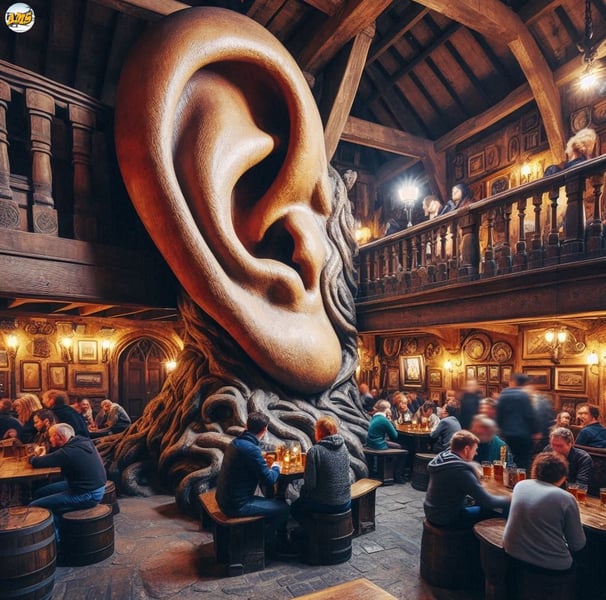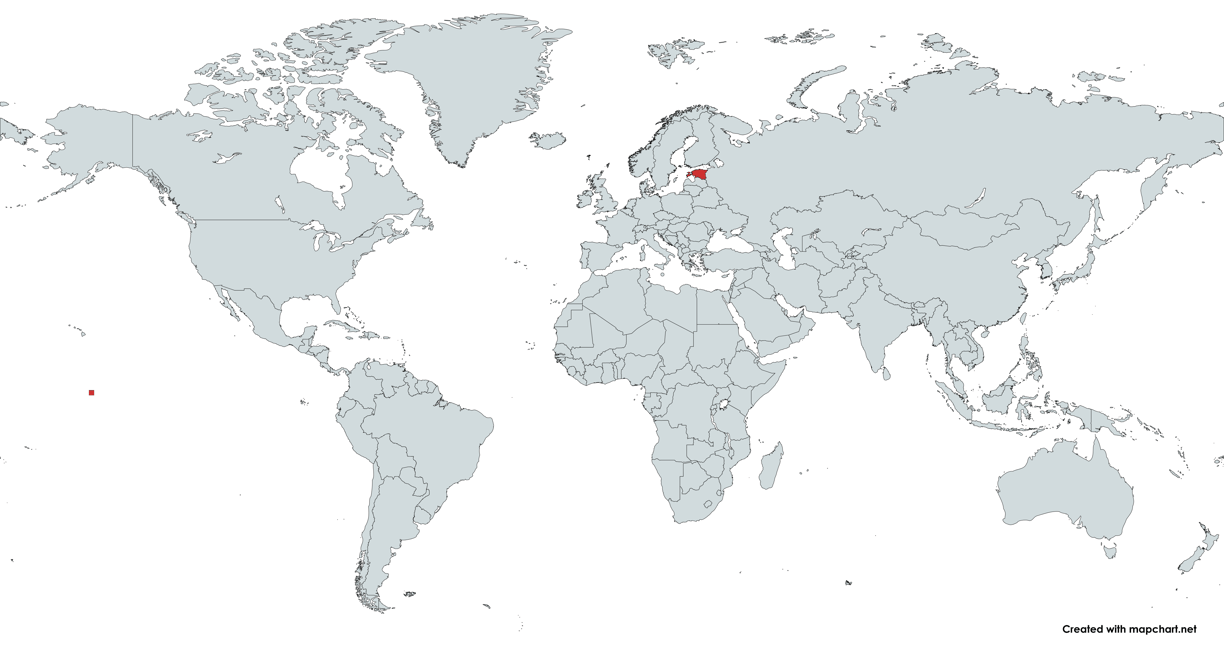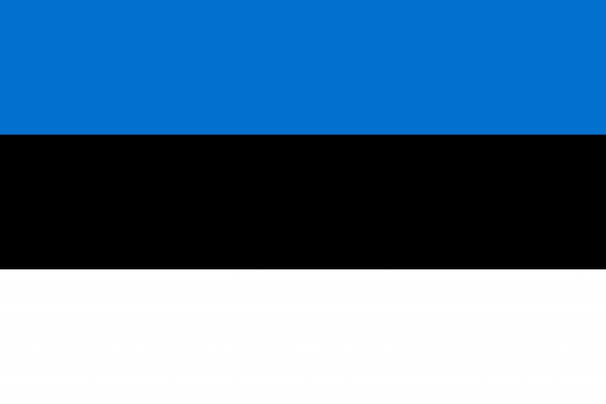
Tallinn, Estonia
A stone ear in a tall inn.
Memory Aid: Imagine a very large stone ear in the middle of a tall inn.
Association: Associate a stone ear with a cosy looking inn full of people drinking.


Where in the World is Estonia?


The Flag of Estonia


What to do and where to visit in Tallinn
Tallinn, the charming capital of Estonia, offers a delightful blend of history and modernity for new visitors.
Start your exploration in the enchanting Old Town, a UNESCO World Heritage site, where cobblestone streets, medieval architecture, and vibrant squares captivate the senses. Be sure to visit the iconic Alexander Nevsky Cathedral and the historic Toompea Castle for breathtaking views of the city.
For a taste of local culture, stroll through the Kalamaja district, known for its colorful wooden houses and hip cafes. Don’t miss the intriguing Seaplane Harbour, showcasing maritime history, or the futuristic Creative Hub, where art and innovation converge.
Finally, indulge in traditional Estonian cuisine at a local restaurant, sampling dishes like black bread and smoked fish.
With its welcoming atmosphere and rich heritage, Tallinn promises an unforgettable experience for every traveler.
What Countries border Estonia?
Estonia, located in Northern Europe, shares its borders with two countries: Latvia to the south and Russia to the east.
Historically, these neighboring countries have experienced various conflicts and tensions. Notably, the relationship between Estonia and Russia has been complicated, particularly following Estonia's independence from the Soviet Union in 1991. The two nations have had disputes over border agreements and issues concerning the Russian-speaking minority in Estonia.
Latvia, on the other hand, has maintained a generally cooperative relationship with Estonia, largely due to their shared history and both being members of the European Union and NATO.
While the tensions with Russia have led to security concerns in the region, Estonia has worked to strengthen its alliances and bolster its defenses to address any potential threats.
History & Politics of Estonia
Estonia, a small Baltic nation, has a rich and tumultuous history marked by periods of foreign domination and a struggle for independence. It first declared independence from Russia in 1918, only to be occupied by the Soviet Union during World War II. Estonia regained its sovereignty in 1991, following the collapse of the Soviet Union.
Today, Estonia is a parliamentary republic with a democratic political system, characterized by a multi-party system and regular elections. The President acts as the head of state, while the Prime Minister serves as the head of government.
Importantly, Estonia does not have a royal family; its political structure is grounded in republican ideals, emphasizing democratic governance rather than monarchy.
This history and political framework reflect Estonia's commitment to freedom and autonomy in the modern era.
Is it safe to visit Tallinn?
Tallinn, Estonia, is generally considered a safe destination for travelers. The city boasts a low crime rate, with most incidents being minor and mostly occurring in tourist areas.
However, like any travel destination, it's important to stay vigilant. If you find yourself in trouble while visiting Tallinn, the first step is to contact local authorities.
The emergency number in Estonia is 112, which you can call for police, ambulance, or fire emergencies.
Having a local SIM card can help ensure you have access to mobile services. Additionally, familiarize yourself with your hotel’s location and contact information, as hotel staff can provide assistance and guidance if needed.
Overall, the charm of Tallinn’s medieval architecture, vibrant culture, and friendly locals make it a wonderful place to explore, with safety measures in mind.
Explore
Learn World capitals through images and associations.
© 2025. All rights reserved - Air Mobility Services
Terms of Use


